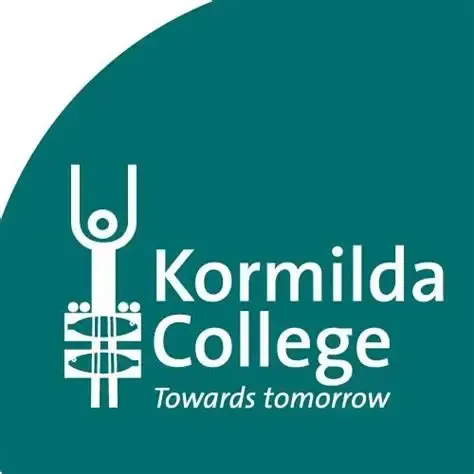And The Clock Keeps Ticking
My aged Kelpie was crook and we were sitting in the vet’s consulting room while we waited for the results of blood tests. The vet had been very attentive and conscientious which reminded me of good teachers who are also attentive and conscientious. Other than two posters on the wall, which I quickly scanned, there was a traditional clock with numbers and hands. My gaze fixed on this as a source of entertainment while my sick Kelpie snored at my feet. It was not long before the incidental clock entered my thinking and ideas began to flow. The large second hand was very obvious as it swept around the face but could I really see the minute hand actually moving even as it crept past the markings on the face? Of course it moved but could I actually see it do so.
My mind moved to children and how they learn. Sometimes we can see it happening and sometimes that journey is clouded in mystery. There is great joy for a teacher when clearly the light comes on in a child’s face. But the learning moment may not come until well after the lesson. For me learning moments have come years later - “so that’s what was meant” or “that’s how it works”. I’m a great believer in the sowing of seeds which often grow at their own rate.
So my mind wandered on to the two Greek words relating to time - Cronos and Kairos. I know that the definitions, like many definitions, can become terribly complicated. However, as is often the case, useful learning comes from looking at them simply. Ah! Good teachers so often have the capacity to present things simply! For me Cronos describes the actual time on the chronometer (which can be simply noted as a clock). Kairos on the other hand describes the right time for something to happen. I guess the folk song “Turn, Turn, Turn” presents this admirably as does the origins of it in Ecclesiastes.
Back to teaching. Piaget’s theory of cognitive development is ageing but I believe is still worth considering as a teacher. Jean Piaget, a Swiss developmental psychologist, lived 1896 - 1980. He notes how children travel through four stages of cognitive development. They will learn best if the expected learning for a child is in the stage relevant to them. Ah again! Kairos - the learning will best happen when it is the right time.
Teaching contour lines seemed to be a good illustration of this. Contour lines are a “non-concrete” concept. They exist on a map but don’t exist on the ground in reality. Amongst other things I was a geography teacher and for some reason the curriculum had contour lines set for year 8. It didn’t matter how many apples I cut up or indeed pictures I drew, many of the students didn’t get it. However, when I taught it in year 9, success rate was noticeably greatly improved. To me, for the majority, their Kairos time for learning contour lines was year 9 rather than year 8 as their thinking was still very “concrete” then. However as teachers we know that the Kairos time for individual students will vary, which of course makes a teacher’s task more challenging.
Another startling Kairos situation appeared when a young person, who was reluctant about going to school, entered in year 7. We needed to address his reluctance if he was to be happy at the school. What was clear was that he was very bright and capable, particularly with Biology. With some of the other subjects he was happy to learn according to his age. Working with his parents and creating a different timetable for him, we placed him in year 12 Biology. His interest in school became really positive and the gamble acceding to his desire to tackle some aspect of his education at a higher, very challenging level was met. He was a great favourite amongst his year 12 Biology class mates and in fact finished the year with an “A” and topped the class. This proved to be the right move at the right time - Kairos.
The following year we started him on a course which aimed to broaden his educational experience at his chronological level of year 8. It didn’t take long for the cracks to appear and for him to start missing school. We regrouped and put him into an appropriate Year 11 class and instantly he became motivated. Once again the time was right but to ignore Kairos would be at his peril. It is thought provoking that a young person can become disinclined if indeed the excess “Brain Energy” that exists isn’t recognised and mopped up in a suitable manner. Through his schooling he was otherwise a normal young man, well liked, not precocious. Today he is a delight and has successfully completed a PhD. I wonder where he would have been if we hadn’t recognised this - maybe there were some others we missed.
I know that class size is always a “hot potato”, principally because it relates to cost imperatives. Angrily I have listened to some politicians state that research shows that it doesn’t make a difference. What research? Perhaps if everyone in a large class is highly motivated and genuinely at the same level this may be the case but nevertheless I wonder how many children miss their Kairos moment. However, instrumental music classes may have a single student and this mostly works well. On the other hand I taught year 11 Geography to a single student. Ideal - no! There was a real need for a larger class where the student could work in groups and could experience stimulating class discussions . When I started teaching in a Tech school, trade classes were restricted to 15. Aside from the need to show students individually how to master something, there was the ever present concern for safety which was paramount in generating the maximum. But was 15 the ideal?
And the clock keeps ticking! Time waits for no-one and the right opportunity must be grabbed when it appears. The Kairos moment hopefully will be recognised, students provided for, resulting in their learning happily advancing.
Chris Tudor,
Principal Liaison & AISNT Historian



